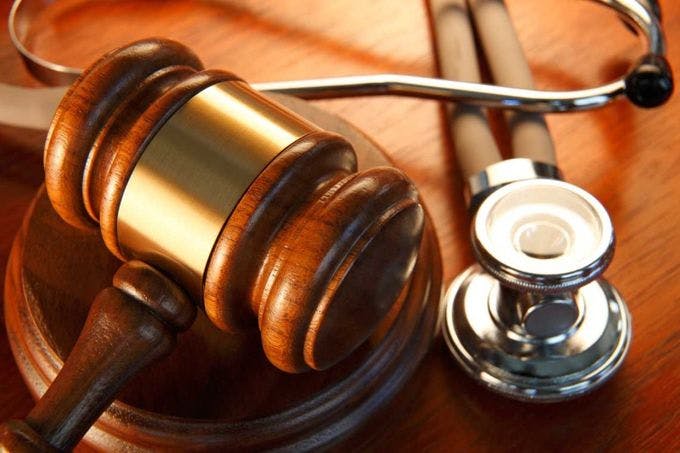Puerto Rico Is Drowning
It’s been six days without power in Puerto Rico and it's only getting worse
by Chris Thomas

Puerto Rico is 3.5 thousand square miles of US territory in the Caribbean Sea and home to about 3.5 million American citizens. While not a state in its own right, the Commonwealth of Puerto Rico is part of the United States; the people who live there are Americans
They are in trouble.
Hurricane Maria made landfall on September 19th near the town of Yabucoa and, in the hours that followed, completely destroyed the island. CNN called the damage “Apocalyptic,” Slate said the storm would set the island back “nearly 20 to 30 years,” and local government estimates 4 to 6 months without power.
Damage to the Guajataca Dam in the North West corner of the island presents an additional threat with evacuation and rescue operations currently underway for the 70,000 people who live in the flood-zones should the dam fail, though there are few structures and resources on the island to evacuate them to.
What You Can Do
While the usual disaster responses apply — donating blood, sending care packages, etc — what Puerto Rico really needs is money, aid, and flexibility, all of which Congress can encourage and provide.
Money
FEMA has money in its budget thanks to the debt deal between Trump and Congressional Democrats but that money will run out soon and the long term cost of putting Puerto Rico back on its feet will be enormous. Recovery efforts there will compete for budget dollars with efforts in Houston and the Keys,but while Florida and Texas control 38 and 29 votes respectively in the House of Representatives, Puerto Rico has none.
Aid
While FEMA already has people on site in Puerto Rico, the extraordinary level of damage and the difficulty of moving supplies into the area may call for military aid. The United States Navy is well positioned to assist in this regard as Hillary Clinton tweeted earlier this week.
At the very least, hospital ships like the Comfort can provide modern medical services independent of the island’s shattered power-grid. Naval assets could also move supplies by air where roads are impassable and provide water purification and desalination until those utilities can be brought back on line.
Flexibility
Of course, the reason the Navy can make so much of a difference is that Puerto Rico is an island with outstanding port facilities . It’s even in the name: “Puerto Rico” literally means “Rich Port.” Since the 1920s, however, US law has hampered foreign vessels shipping goods between US ports. This protectionism made sense in the post-WWI era when the United States needed to maintain a merchant-marine to deal with the threat of German U-boats but the Kaiser’s submarines are no longer the biggest concern facing Puerto Rico. Congress could temporarily lift the Jones Act, thereby allowing foreign ships to service Puerto Rican ports without the taxes, tariffs, and fees ordinarily assessed upon them.
It’s a tax cut both parties could get behind.
Tell Congress what you think!
Text RESIST to 50409, or just click here to tell your Representatives or Senators what you think about this or any other issue before Congress
Support the ’bot!
Upgrade to premium for AI-writing, daily front pages, a custom keyword, and tons of features for members only. Or buy one-time coins to upgrade your deliveries to fax or postal mail, or to promote campaigns you care about!
Upgrade to PremiumBuy Coins